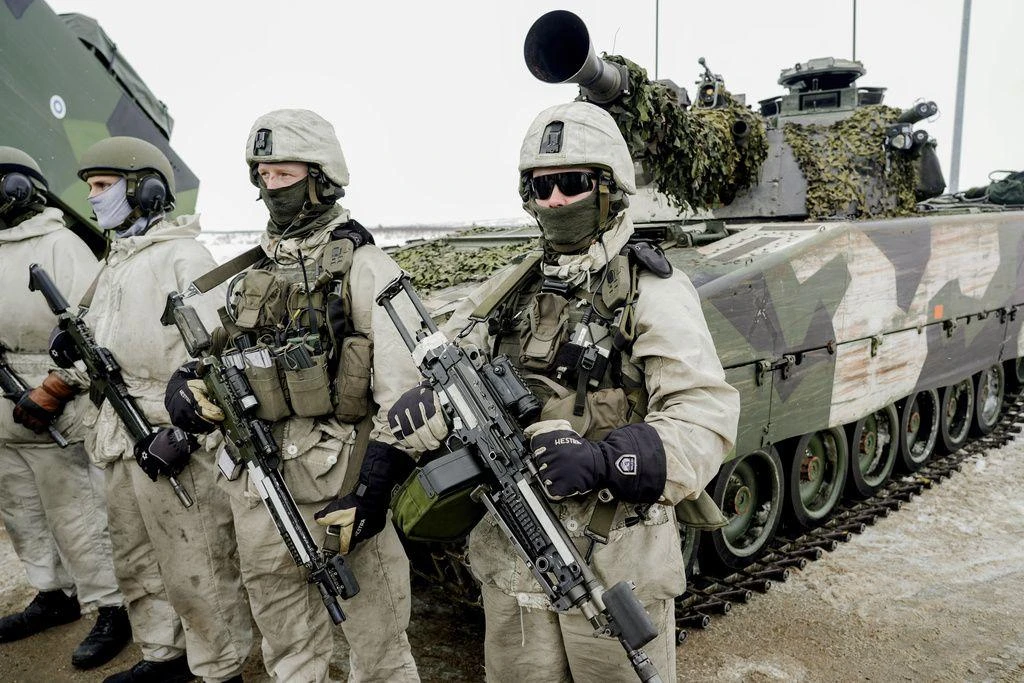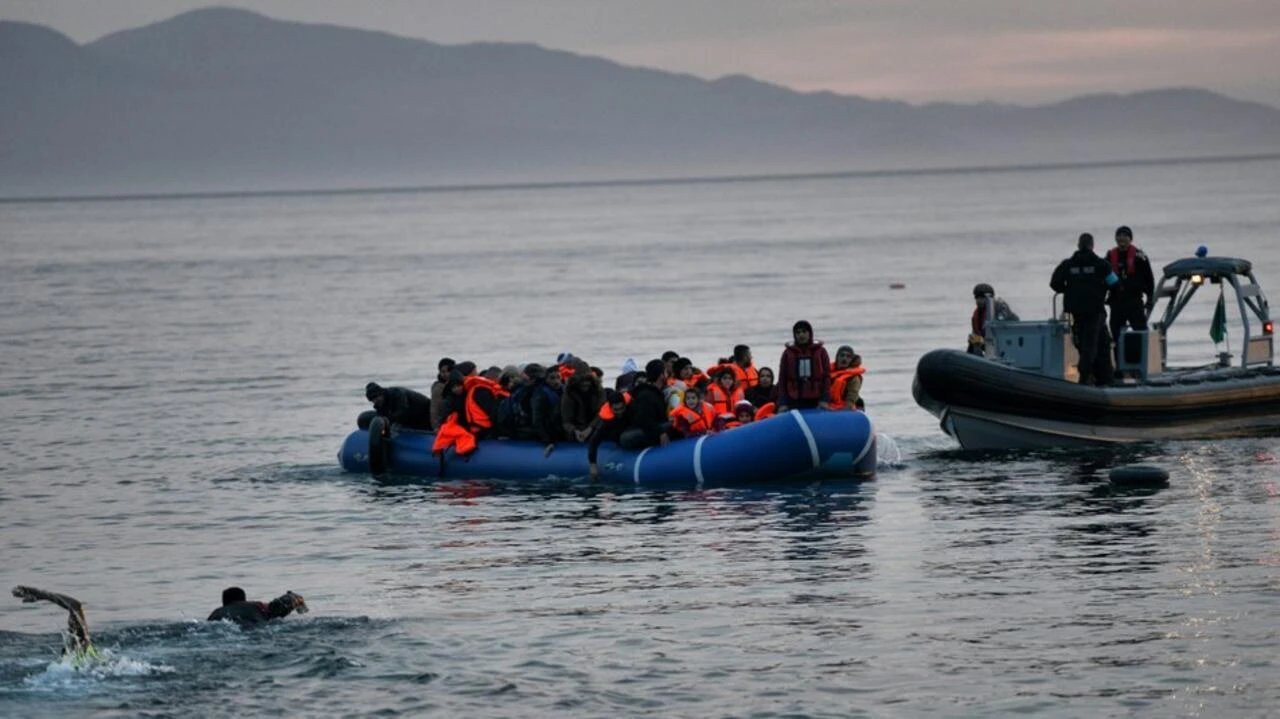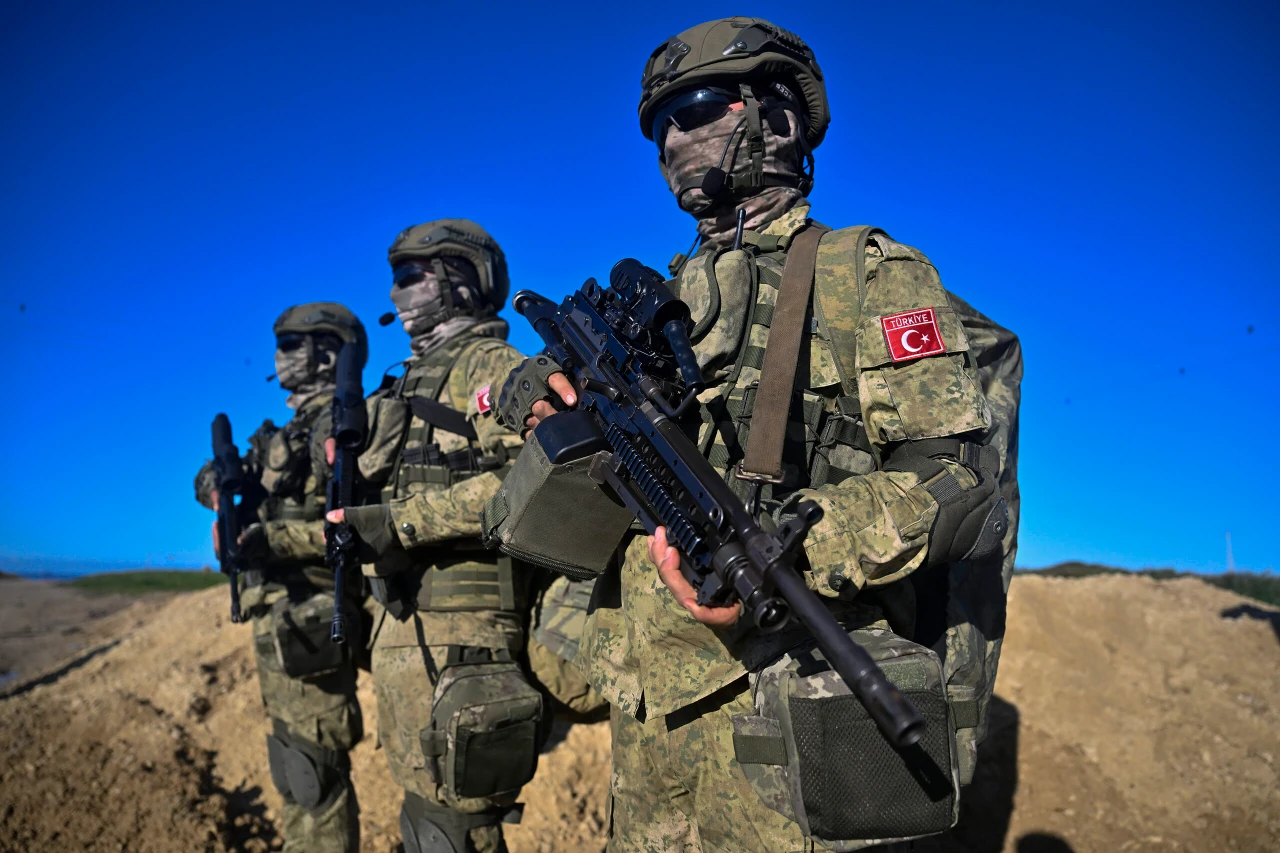NATO’s arctic drills display unity and readiness

NATO is conducting extensive military drills in northern Norway, marking largest since the Cold War, to protect its members against potential threats, particularly from Russia
NATO is demonstrating its willingness to protect its members against prospective threats, especially those from Russia, by conducting extensive military drills in the icy fjords of northern Norway. As Russia and Ukraine continue their confrontation, emotions are high, and NATO’s actions are a clear reminder of the alliance’s commitment to collective defense.
Drills, which NATO is calling Nordic Response 2024, are the biggest since the Cold War. The exercises, which include over 20,000 soldiers from 13 different countries, are a part of the larger program called Steadfast Defender 24, in which an astounding 90,000 soldiers are anticipated to take part over several months. Showing off NATO’s capabilities to defend its territory, including its borders with Russia, is the main goal.
The severity of these drills is well shown by the recent situation onboard the French frigate Normandie. Crew members reacted quickly to the appearance of a German submarine during a war exercise, where the submarine was acting as an enemy. Capt. Thomas Vuong, the captain of the Normandie, described how the crew immediately launched a concerted attempt to eliminate the danger after intercepting the submarine’s assault periscope.
These exercises are more than just a means of improving tactical skills for NATO. Additionally, they announce the alliance’s growth, with Sweden being the 32nd member formally joining after Finland’s historic decision to join in April 2023. Both countries, who had previously maintained their military nonalignment, were persuaded to change course by Russia’s activities in Ukraine, marking a dramatic change in geopolitics as they allied with NATO.
Participants are aware of the exercises’ strategic importance. Training is made more realistic by the particular knowledge that German submariners bring to the table. They are well-versed in the dangerous topography of Norway’s fjords. To increase readiness, Capt. Vuong underlined the special difficulties presented by the Arctic climate and the need to perform missions there.
Source: AP



